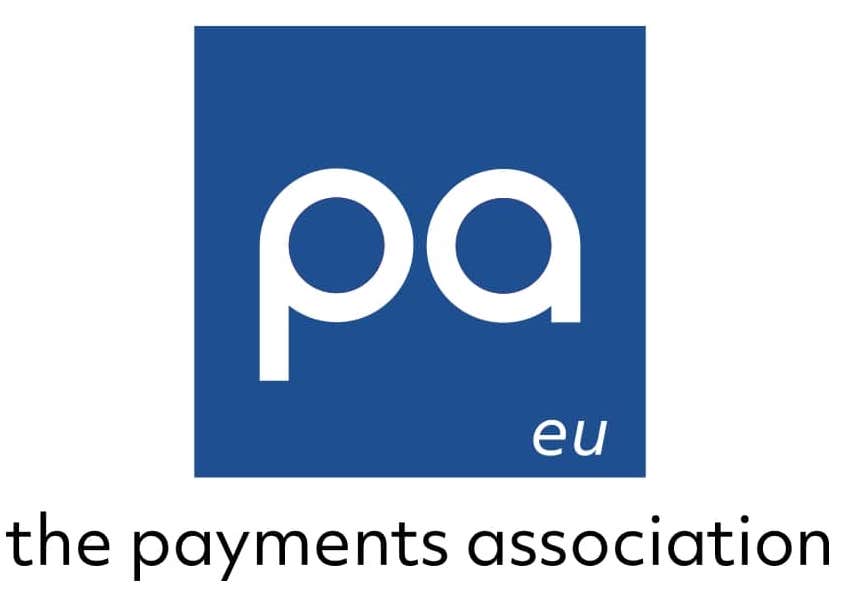Why Netflix, JustEat and Uber made your payments experience a whole lot harder
Aka Why Poor Payment Processes Are Hampering Customer Experience Transformation
We've all been there, finally selecting our film of choice on Netflix and the dreaded Error code comes up 'Netflix timed out'.
Sound familiar? Well it shouldn't! It just
doesn't happen.
That's because we've all been Netflix'd and Uber'd. We've all accepted ultra seamless customer experiences as the norm.
We no longer tolerate a broken customer experience.
But the Netflix, Uber or JustEat customer experience is only the tip of the iceberg. Below are layers and layers of infrastructure working together to make things happen, instantly. It's instant experiences by instant services and instant information. We call this the Instant Economy.
But not all infrastructure was created in this past golden decade of technology. We are of course, talking about payments.
Recent
research has brought to light the now critical role payments infrastructure has on the front end customer experience. The research, which surveyed 200 payment professionals in late 2020, found evidence that archaic and inefficient payment processes are seriously hampering customer experience and satisfaction.
To survive and thrive in the Instant Economy, businesses must find and address any hidden inefficiencies to create seamless payment processes and improve customer experience.
Below are tips for businesses who provide a payment service or product directly to consumers or other businesses.
Digital Innovations Raised the Bar for Customer Experience
Not long ago, the typical payments process had little strategic value but was a business necessity and a back-office burden. Today, new payment methods are emerging and new players, from digitally transformed corporates to neobanks, have entered the marketplace. The disruptive solutions these institutions offer - and often built on the same business services that give us Netflix, JustEat and Uber - have significantly raised the bar for customer experiences and expectations.
To keep up with this ever-changing climate,
70% of companies either have a digital transformation strategy in place or are working on one. What’s more,
60% of businesses undergoing a digital transformation had to create new business models to accommodate it.
This new landscape also creates many opportunities for businesses to join the Instant Economy. But in most cases, payments are the single limiting factor in an otherwise highly digital business engine. Creating instant experiences, real-time information, and responsive business services requires fast digital payments at the heart of a services infrastructure.
Addressing the payment inefficiencies within your business is key to keeping up with rising demands and improving CX.
The Hidden Costs of Inefficient Payments
According to the
research, payment processes cost businesses a staggering £1.5m per year on average, and 64% expect these costs to increase over the next two years. Additionally,
62% of payment professionals now believe that the hidden costs of these payment processes outweigh the hard costs – with the impact on customer experience and brand reputation being the most significant.
These numbers prove that efficient payments are more essential than ever if companies are to maintain their market share. With little automation and integration, most payments processes are fragmented, labour-intensive and complex. Relying on an outdated banking infrastructure with its manual processes, file uploads and complex payment flows compromises your ability to provide essential real-time data to your clients.
The efficient processes that Instant Economy compatible solutions bring are key to creating effective transaction models for clients that result in enjoyable customer experiences. Too many SMEs fail to maximise the opportunities of payment innovation, and delaying is increasingly risky.
Not investing in payment process improvements results in a deterioration of customer experience – especially compared to those who put payments at the heart of their proposition.
The ‘Banking Battlefield’ of the Instant Economy
The Instant Economy is increasingly becoming the benchmark for customer experience. Although, applying Instant Economy thinking to payments is not only about making them happen as quickly as possible; it’s about building innovative products on top of a real-time and responsive digital payments infrastructure.
As the Instant Economy increases its foothold in the financial industry and retail and business banking specifically, it creates a ‘banking battlefield’ between traditional banks and digitally native neobanks and FinTechs.
Traditional banks face many challenges that prevent them from meeting customer expectations. Core banking systems often do not run in real-time, making them increasingly limiting as the Instant Economy demands services built around real-time offerings and capabilities.
These traditional banks must undergo cumbersome digital transformations to alter their existing systems to retain their retail and business customers in the digital world. Faced with unrelenting competition from agile FinTechs and neobanks, many traditional banking institutions choose to invest in technology to improve customer service and payment efficiency. However, these improvements are often built on old, spaghetti-like systems that prevent them from fully utilising the potential of end-to-end digitalisation.
Here, FinTechs and neobanks have a competitive advantage as digital technologies are part of their fundamental DNA, and they have shaped their offerings around them. Therefore, neobanks can get the same results that traditional banks take years to achieve, for a fraction of the time and price.
The banking battlefield is centred on customer acquisition and retention. The way banks and FinTechs manage their payments is shaping the course of the war.
How To Improve Customer Experience
Innovation should begin with delivering efficient and excellent customer service.
Your business must meet the customer’s growing awareness and expectation of payments, or you risk losing them to your competitors. Below are some key ways to improve customer experience:
1. Locate & Fix Hidden Payment Inefficiencies
Making payment processes more efficient gives you a measurable competitive advantage. Eliminating hidden payment inefficiencies will reduce operational costs and allow you to seize a competitive edge and the customer experience benefits that modernising the payments infrastructure brings.
2. Prioritise Employee & Stakeholder Experiences
Payment services innovation must extend beyond customer touchpoints to your employees and shareholders. A sophisticated and integrated supply chain can make you a frontrunner in implementing the payment services that benefit all stakeholders. Additionally, happy employees working with efficient payments systems will naturally want to extoll those benefits to their customers.
3. Support Payment Innovations
Payment innovation is driving a culture change, connecting previously siloed functions such as IT and finance. Automation is key to driving efficiency by replacing manual error-prone and time-consuming processes with real-time and responsive digital solutions. To stay competitive in the Instant Economy, make sure your systems support payment innovations.
4. Bring Innovation to Vertical Services
Businesses who innovate with instant experiences for customers, employees and suppliers will be the winners in the emerging Instant Economy. Companies operating in individual vertical sectors can use innovation to offer existing and new customers financial services within their specific ecosystem.
If your company operates in finance, you might consider offering B2B payments as a service to allow clients to provide payment functionalities to their customers. Businesses in sectors that don’t generally offer bespoke-to-sector financial services, such as those in employment, travel and property, can innovate by providing these alongside their core business.
Next step: Mapping your Customer Experience
Failing to put efficient payment processes at the heart of a proposition means that you’re always likely to fall short of the customer experience mark. As businesses put more effort into improving customer experience, you need to partner with the right provider to maximise the CX potential that these more efficient payment processes can bring.
How do I know if my payments process is worsening my customer experience?
Getting the payments experience right is tough. But centring your payment process on the customer - consumer or business - can really help you map out the current state of your payment process and hone in on the functionality and requirements you need to enter the Instant Economy.
Here are a few tips that we use with our customers:
1. Play the Innovation game. Think of a product you'd like to bring to market. At what point do you discount it because your 'current payment process couldn't handle it'?
2. Map your customer experience. Look at the front end experience from the customer's perspective. Think in the lens of 'would I expect this from the customer journey on Netflix or Uber?'. You can ask your customers what they do and don't like.
3. Identify hidden inefficiencies in your payment processes. This one deserves a blog of its own. You've identified front end customer experience clunkiness but can you trace it back to the back end?
4. Get stakeholder buy in. Hopefully the key stakeholders in your business are all on the same page when it comes to the payments experience. It's crucial that everyone understands the impact hidden inefficiencies in your payment process has on your customer experience. Fortunately, we do regular research into the topic, surveying 200 payment professionals in the UK. Here's our
latest research from late 2020 which provides a concrete link between hidden inefficiencies and costs and their front end consequences.
5. Eliminate those pesky hidden inefficiencies. There's been a tendency for companies to bolt on additional functionality, incrementally bulking out an already rigid and clunky process. A small change in the back end can make a world of difference in the front end.
It's the butterfly effect of payments and it might even help you avoid the customer journey sinkhole.
Submitted by Modulr



